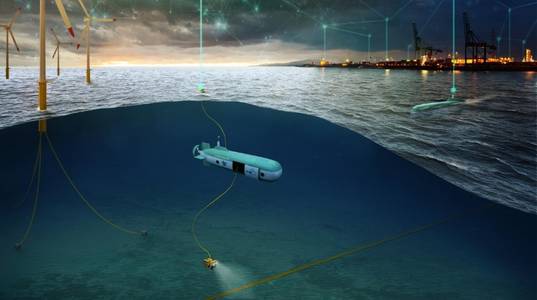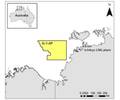
UK-based technology developer HonuWorx and the Offshore Renewable Energy (ORE) Catapult working to develop a submersible mothership that will "make subsea robotics a sustainable and cost-effective solution for offshore wind farms."
The project, funded by Innovate UK, will develop Ridley, a submersible platform that can transport large robots and remotely operated vehicles (ROVs) to offshore sites and release them directly under the water.
"A successful outcome to the project will inform HonuWorx’ roadmap towards their highly disruptive Loggerhead concept, which will utilise an autonomous mothership as a mobile power and communications hub for ROVs and autonomous underwater vehicles (AUVs)," ORE Catapult said.
ORE Catapult said that the project could resolve the remaining barriers to the adoption of subsea robotics by the offshore wind industry in terms of cost, carbon footprint, battery life at sea, and digital connectivity.
"While ROVs exist for offshore wind farm inspections, they rarely achieve more than 50% of their annual utilization as they rely upon large, crewed, diesel-powered vessels for transportation. Largely due to the use of these vessels, a 21-day inspection mission may cost up to £1.5 million and emit more than 500 tonnes of carbon dioxide," ORE Catapult explains.
However, according to ORE Catapult, by transporting the ROVs in a lightweight, autonomous submersible, much of this financial and environmental cost can be eliminated. Once at site, the platform submerges to deploy subsea robots without the need for crane drops, which means deployment is possible in rough weather and stress on the robot’s sensors and tooling is reduced.
A further "transformative" step will be the coupling of automation software for coordinating multiple platforms with communications technologies that can utilize satellite, 4G and 5G as best suits each location at sea. HonuWorx Distributed Control Centres (DCC) will allow for remote supervision from shore, while equipping the mothership with charging points will resolve many of the battery life issues that restrict the use of ROVs at sea, ORE Catapult said.



